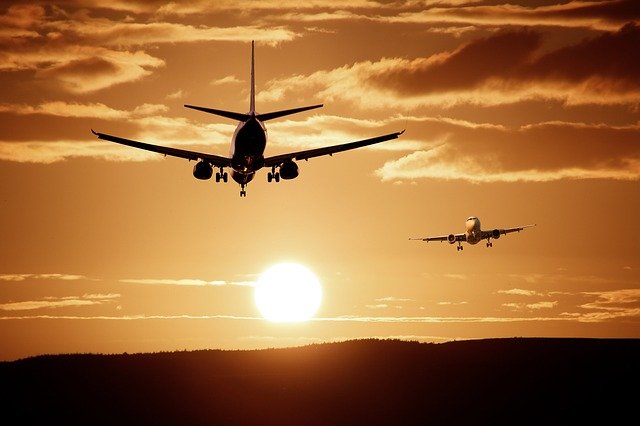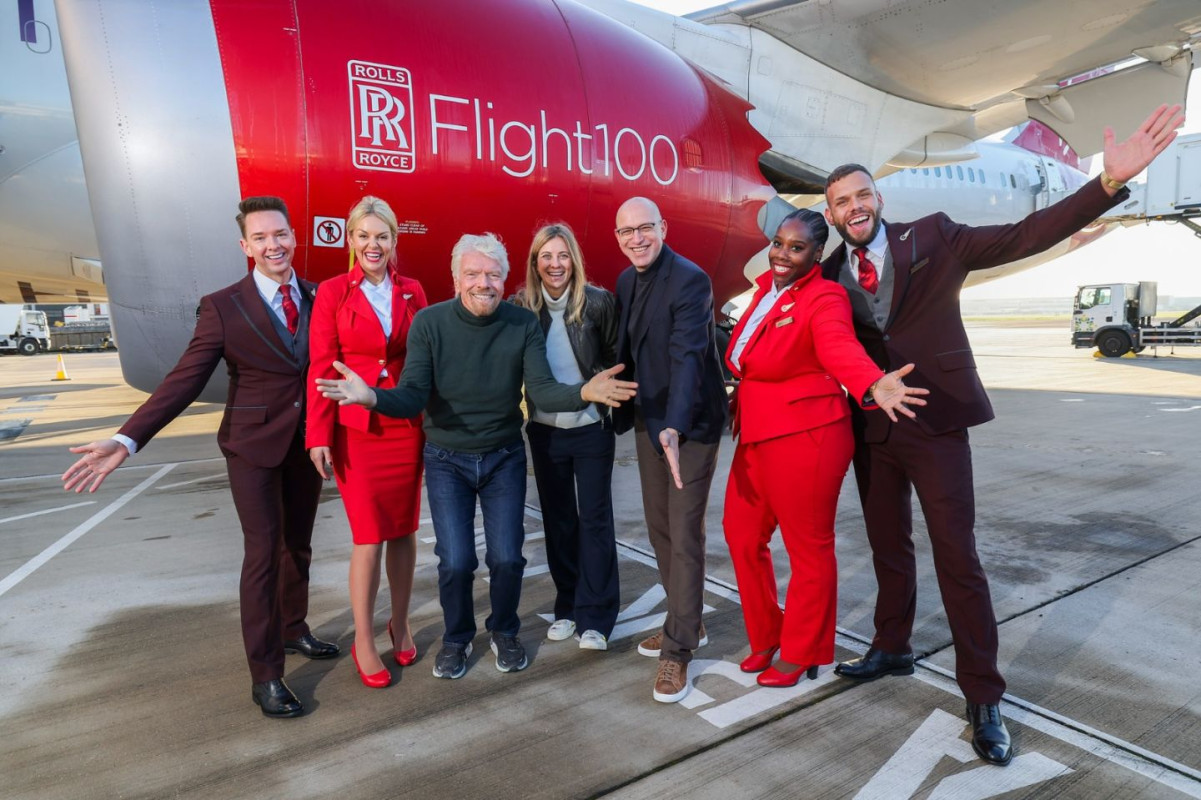 Did you know that the average Boeing 747 uses approximately 1 gallon (4 liters) of fuel per second? A Boeing 747 burns 36,000 gallons (150,000 liters) of fuel over the course of a 10-hour flight!
Did you know that the average Boeing 747 uses approximately 1 gallon (4 liters) of fuel per second? A Boeing 747 burns 36,000 gallons (150,000 liters) of fuel over the course of a 10-hour flight!
Combined, the airline industry has a profound impact on global emissions and climate change. Global aviation (passenger and freight) accounts for 1.9% of total greenhouse gas emissions, 2.5% of CO2 emissions, and 3.5% of radiative forcing (measure of change in energy in the atmosphere).
However, since 2010, the airline industry’s CO2 emissions have worsened, growing by 4-5% each year. As airlines continue to have a hand in the dangers posed by climate change, many corporations have taken the initiative to innovate groundbreaking solutions.
One airline, Virgin Atlantic, recently operated the first “green” flight (Flight100) from London’s Heathrow to New York’s JFK. Let’s find out more about this historic event…
Flight100 & SAF
 Virgin Atlantic’s Flight100 to JFK, supported by government funding, has illustrated the efficiency of green flights. Although the flight didn’t carry passengers, its use of 100% Sustainable Aviation Fuel (SAF) in both engines has shown the feasibility of eco-friendly aviation.
Virgin Atlantic’s Flight100 to JFK, supported by government funding, has illustrated the efficiency of green flights. Although the flight didn’t carry passengers, its use of 100% Sustainable Aviation Fuel (SAF) in both engines has shown the feasibility of eco-friendly aviation.
SAF is a fuel that performs similarly to traditional fuel, but has a smaller carbon production footprint by up to 70%. This is because its production facilitates carbon cycling.
Carbon absorbed by plants from the atmosphere is recycled, rather than adding “new” carbons from burning fossil fuels. For this specific flight, 88% of the 50 tons of SAF used was derived from waste fats called Hydroprocessed Esters and Fatty Acids (HAFA), while the remaining 12% was utilized from the wastes of corn production (Synthetic Aromatic Kerosene).
SAF presents a viable solution that can be implemented in the near future, because it’s a “drop-in” replacement, meaning that it can be used in existing engines and infrastructure.
Although the airline industry is often viewed as difficult to decarbonize, many experts believe this isn’t the case. In fact, with Flight100, Virgin Atlantic has achieved special permits that have contributed to SAF’s credibility. As such, other companies, including Emirates and Gulfstream, have begun research and development.
SAF Challenges & Opportunities
 There are still many challenges and obstacles to overcome with the advent of SAF.
There are still many challenges and obstacles to overcome with the advent of SAF.
Today, the entirety of SAF represents less than 0.1% of global jet fuel volumes. Because of its limited volume, SAF’s current price is 6 times as expensive as standard kerosene. If SAF is to be used as a standard fuel source, production must be implemented on a much wider scale, and regulations must be revisited. International fuel standards currently prohibit an SAF blend over 50% for commercial engines.
Despite these hurdles, SAF presents a plethora of opportunities! According to the International Air Transport Association (IATA), SAF can have a major hand in achieving Net Zero 2050. In fact, by 2050 the industry projects that SAF will be responsible for at least 65% of the reduction!
Ultimately, the airline industry is responsible for a major portion of emitted greenhouse gasses. However, recent shifts towards green flights, similar to that of Virgin Atlantic’s Flight100, provide feasible solutions.
As more airline companies embrace eco-friendly flights, carbon emissions, among other greenhouse gasses, are projected to decline significantly. Although there are still a few obstacles, SAF’s scalability offers much to be excited about!
Sources: BBC. Our World In Data, How Stuff Works, PR News Wire








